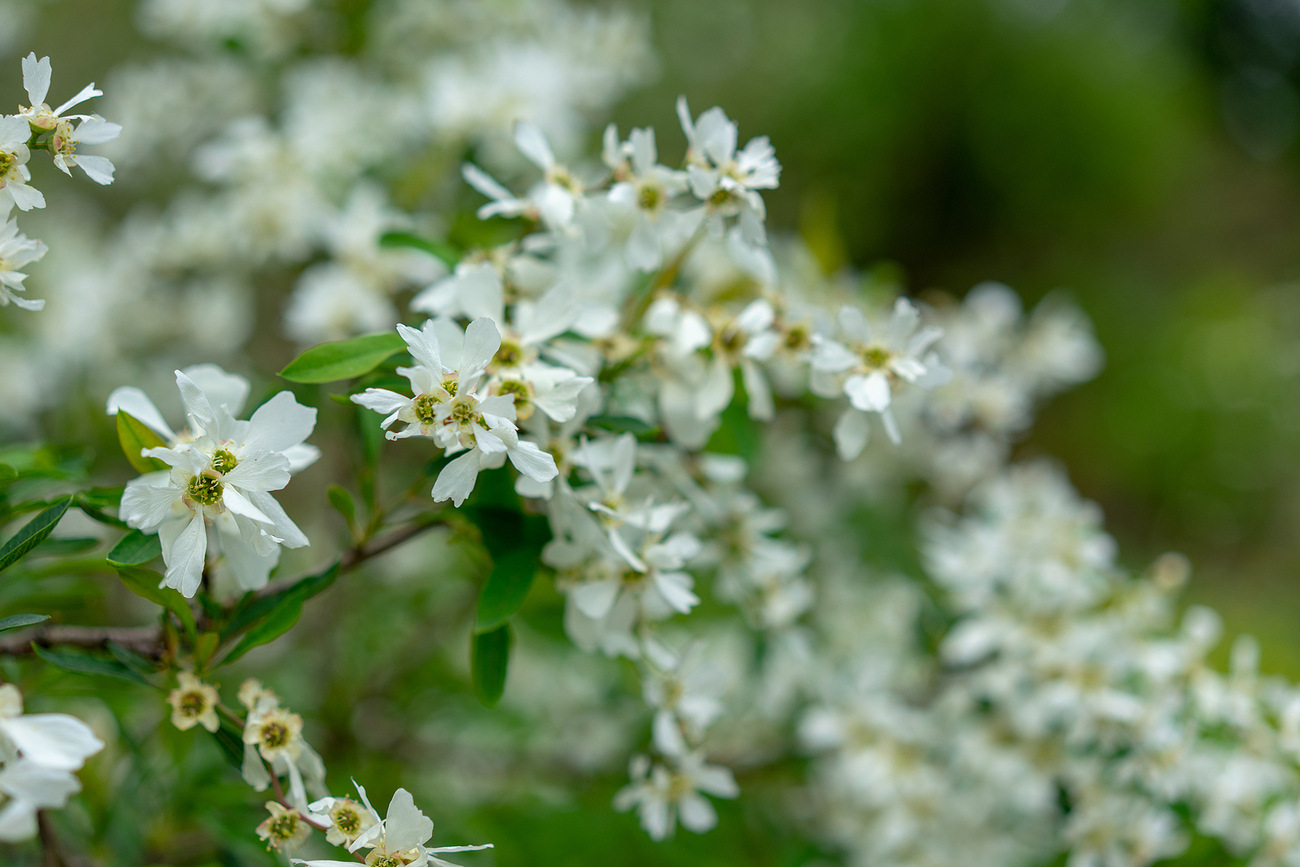
Pearl Bush, also known by its scientific name Exochorda, is a stunning flowering shrub that is sure to capture anyone’s attention with its delicate white blossoms. Native to Eastern Asia, this plant has gained popularity in gardens around the world due to its elegant beauty and low maintenance requirements. In addition to its aesthetic appeal, Pearl Bush is also renowned for its interesting characteristics and rich history. In this article, we will delve into 12 intriguing facts about Pearl Bush that will not only pique your curiosity but also provide you with a deeper understanding of this fascinating plant. So, let’s embark on a journey of discovery as we explore the captivating world of Pearl Bush!
Key Takeaways:
- Pearl Bush, also known as Exochorda racemosa, is a stunning flowering shrub native to China. It’s hardy, low-maintenance, and attracts beneficial insects, making it a perfect addition to any garden.
- With its exquisite white flowers and long blooming period, Pearl Bush adds elegance and beauty to any landscape. It’s drought-tolerant, symbolizing femininity, and has medicinal uses in traditional medicine.
Exquisite White Flowers
Pearl Bush is renowned for its stunning white flowers that resemble delicate pearls. These star-shaped blossoms create a breathtaking display, especially when the plant is in full bloom.
Native to China
Pearl Bush is native to China, where it is commonly found growing in mountains and valleys. It has also been cultivated in various parts of the world, including North America and Europe.
Hardy and Durable
Pearl Bush is known for its hardiness and ability to withstand various weather conditions. It can thrive in both cold and warm climates, making it an ideal choice for gardeners in different regions.
Long Blooming Period
The blooming period of the Pearl Bush is quite long, usually lasting from late spring to early summer. This extended flowering time allows for an extended period of enjoyment and beauty in the garden.
Attracts Beneficial Insects
The flowers of Pearl Bush attract beneficial insects such as bees and butterflies, making it a valuable addition to gardens that aim to support pollinators and promote biodiversity.
Low Maintenance
Pearl Bush is a relatively low-maintenance plant, requiring minimal care once established. It is resistant to most pests and diseases, making it an excellent choice for gardeners seeking a hassle-free shrub.
Versatile Uses
Pearl Bush can be utilized in various ways in the garden, from creating stunning hedges and borders to being a focal point in a flower bed or even a standalone specimen in a container garden.
Drought Tolerant
One of the impressive qualities of Pearl Bush is its ability to tolerate drought conditions. This makes it an ideal choice for arid regions or for gardeners who prefer plants that require less water.
Pruning and Shaping
Pearl Bush can be easily pruned and shaped to maintain its desired size and form. Regular pruning after flowering can help promote healthy growth and ensure a tidy and compact appearance.
Symbol of Femininity
In some cultures, Pearl Bush is considered a symbol of femininity and is associated with beauty and grace. It adds a touch of elegance and sophistication to any garden or landscape.
Medicinal Uses
Pearl Bush has been used in traditional medicine for its various healing properties. It is believed to have anti-inflammatory and antispasmodic effects, and its extracts have been used to treat certain ailments.
Easy Propagation
Propagating Pearl Bush is relatively easy and can be done through methods such as layering or taking softwood cuttings. This allows gardeners to multiply their plant collection or share the beauty of Pearl Bush with others.
Now that you know these intriguing facts about Pearl Bush, it’s time to consider adding this delightful shrub to your own garden. With its striking beauty and resilience, Pearl Bush is sure to become a cherished addition to any landscape.
Conclusion
Pearl Bush is an intriguing plant that captivates with its unique features and stunning beauty. With its delicate white flowers and glossy green foliage, it makes a perfect addition to any garden or landscape. The plant’s ability to adapt to different growing conditions and its low maintenance requirements make it a popular choice among gardeners of all levels.Whether you’re a seasoned plant enthusiast or a beginner gardener, exploring the world of Pearl Bush can bring a sense of wonder and appreciation for nature’s diversity. So, why not consider adding this fascinating plant to your garden and witness its transformation throughout the seasons?In conclusion, Pearl Bush is a remarkable plant that not only adds aesthetic appeal to any space but also showcases nature’s resilience and adaptability. Its manifold characteristics and interesting facts make it a captivating subject for plant enthusiasts and nature lovers alike.
FAQs
Q: How tall does the Pearl Bush typically grow?
A: The height of a Pearl Bush can vary depending on the species, but on average, it can reach a height of 3 to 6 feet.
Q: Does the Pearl Bush require a lot of sunlight?
A: Pearl Bush thrives in full sun to partial shade. It enjoys at least 6 hours of direct sunlight daily for optimal growth and flowering.
Q: Does the Pearl Bush attract any pests or diseases?
A: Pearl Bush is generally resistant to pests and diseases. However, it is always recommended to keep an eye out for common garden pests such as aphids or spider mites and take appropriate measures if necessary.
Q: Can the Pearl Bush tolerate drought conditions?
A: Yes, the Pearl Bush is known for its ability to tolerate light drought conditions once established. However, it’s generally best to provide regular watering during extended dry periods to ensure its health and vitality.
Q: How often should I fertilize the Pearl Bush?
A: It is recommended to fertilize the Pearl Bush once in early spring and again in late summer using a balanced fertilizer. This will provide the necessary nutrients to promote healthy growth and vibrant blooms.
Q: Can the Pearl Bush be pruned? If so, when is the best time?
A: Yes, the Pearl Bush can be pruned to maintain its shape and size. The best time to prune is in late winter or early spring before new growth begins.
If you enjoyed learning about Pearl Bush, why not explore more fascinating plants? Discover the enchanting beauty of spring blooming Virginia Bluebell that adds a splash of color to any garden. For those interested in ornamental plants like Fatsia Japonica, its striking foliage and unique appearance make it a must-see. Lastly, expand your knowledge of shrubs and their diverse uses in landscaping and beyond.
Was this page helpful?
Our commitment to delivering trustworthy and engaging content is at the heart of what we do. Each fact on our site is contributed by real users like you, bringing a wealth of diverse insights and information. To ensure the highest standards of accuracy and reliability, our dedicated editors meticulously review each submission. This process guarantees that the facts we share are not only fascinating but also credible. Trust in our commitment to quality and authenticity as you explore and learn with us.


